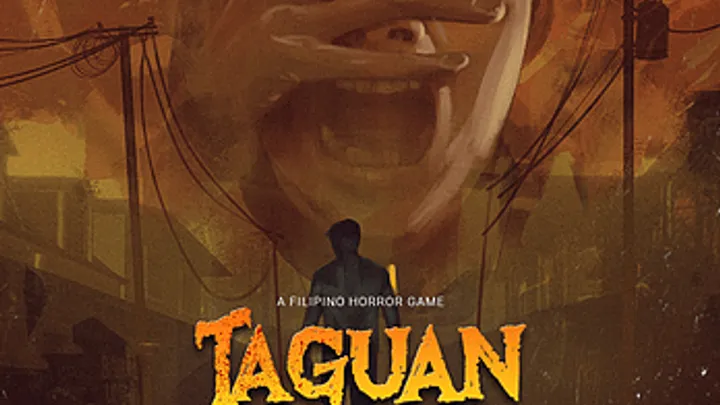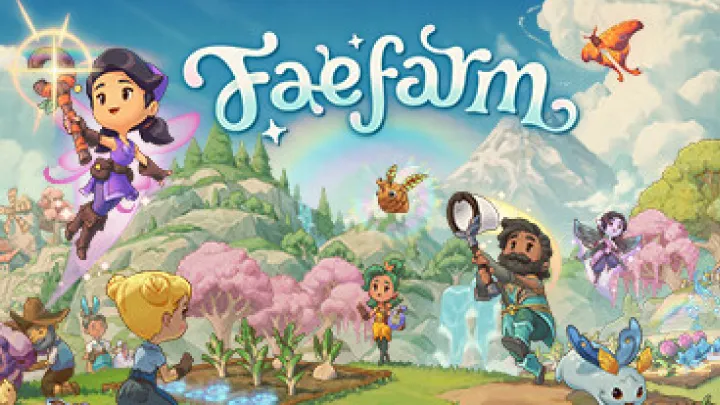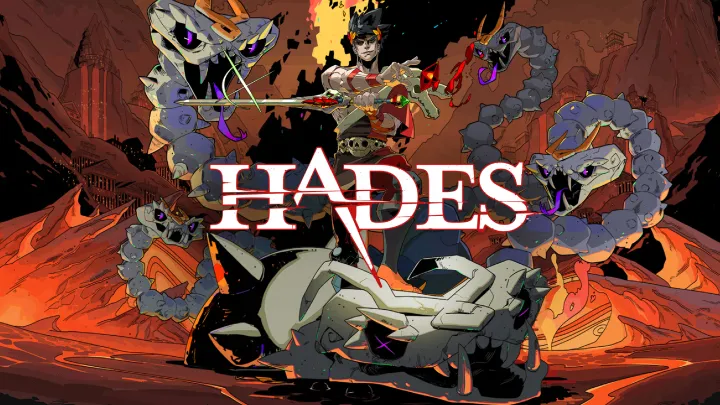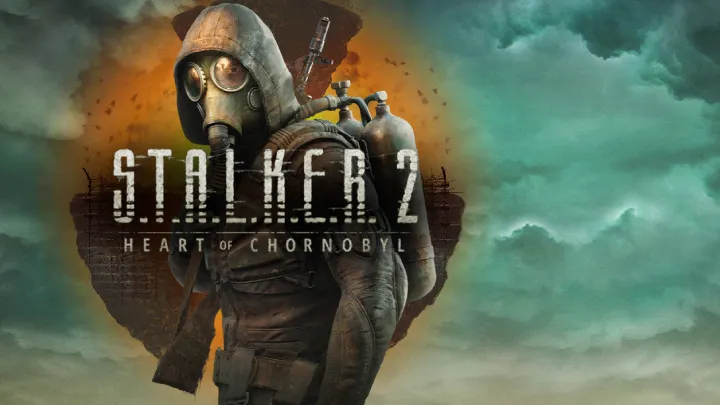
Introduction
Marvel's Spider-Man: Miles Morales stands out as not just a superhero game, but a profound exploration of identity, culture, and responsibility. In this article, we delve deep into the nuances of Miles' struggle with his duality as a young Afro-Latino man and a superhero. This analysis will navigate through themes of belonging, the weight of expectations, and representation, ultimately framing how these elements impact Miles' journey throughout the game.
The Protagonist: Miles Morales
Background and Cultural Identity
Miles Morales’ unique identity is central to the narrative of Spider-Man: Miles Morales. As a biracial character, he embodies a blend of cultural experiences that resonate with many players. The game explores his life in Harlem, showcasing the richness of his Puerto Rican and African American heritage.
The architecture of Harlem serves as both a backdrop and a character in itself, illustrating the vibrancy of the community Miles protects. Players encounter various cultural references, from neighborhood murals to local businesses, which ground the story in a real-world context.
Hero vs. Self
As Miles grapples with his powers and responsibilities, he faces the challenge of reconciling his identity as a young man in a complex socio-political landscape with that of a superhero. Unlike Peter Parker, who is often seen as the quintessential Spider-Man figure, Miles represents a newer narrative that is inclusive of struggles surrounding race and heritage.
Miles’ journey highlights the duality of heroism: the fight against external threats and the internal battle of self-acceptance and understanding. This conflict is exacerbated by the expectations placed upon him by his family and society.
The Role of Community
Support Systems
A striking feature of Spider-Man: Miles Morales is the portrayal of community and the importance of support systems. The relationships Miles builds with family, friends, and mentors shape his understanding of heroism.
Jefferson Davis, his father, represents a moral compass for Miles. His guidance instills a sense of duty and the importance of personal integrity. The loss of Jefferson becomes a pivotal moment in the narrative, propelling Miles to not just honor his father’s legacy but also to redefine what it means to be a hero in his own right.
The Significance of Harlem
Harlem is not merely a setting; it is imbued with history, culture, and resilience. The game uses this backdrop to reinforce themes of belonging and identity. Players witness Miles actively engaging with his community, fostering connections as he learns that being a hero isn’t solely about powers.
The representation of various community figures, like Ganke Lee and his mother, underscores the importance of collaboration and unity in the face of adversity. Together, they illustrate that heroism is not only found in grand gestures but also in everyday support and love.
The Weight of Expectations
Familial Pressure
Miles’ relationship with his mother, Rio, presents another layer to the theme of expectations. As she navigates her own challenges, including aspirations for her son’s future, the game poignantly captures the weight of familial expectations.
Rio’s ambitions for Miles juxtapose his yearning to forge his own path as Spider-Man. This tension emphasizes that heroism can often mean being true to oneself, even when it conflicts with parental hopes.
Societal Pressure
Beyond family, societal expectations loom large over Miles. As a young Black Latino male, he confronts stereotypes and biases that challenge his identity. The game engages with these realities, portraying Miles as intelligent, flawed, and relatable—a departure from the idealized hero archetype.
This exploration is crucial, as it empowers players to confront issues of race and representation, inviting them to reflect on their perceptions of heroism through the lens of Miles’ experiences.
Representation in Media
Shattering Stereotypes
Spider-Man: Miles Morales takes a standout position in the gaming landscape through its high-quality representation of a diverse superhero. Miles’ character challenges and dismantles the singular narrative often associated with superhero stories.
The meticulous attention to cultural detail caters to a broader audience, affirming that heroism is multifaceted. Players see a hero who mirrors their experiences, reinforcing the importance of representation in media and gaming.
Cultural Nuances
The developers’ commitment to authenticity is evident in the game’s portrayal of Afro-Latino culture, from music to fashion. These nuances contribute to a rich narrative experience, showcasing the beauty of diversity within the superhero genre.
By articulating Miles' cultural identity, the game does not merely serve to entertain; it educates players on the importance of understanding and celebrating different heritages.
The Hero's Journey: From Learner to Protector
Personal Growth
Throughout the game, players witness Miles’ evolution from a hesitant teenager into a confident hero. This transformation is marked by moments of vulnerability, failure, and triumph.
Miles' journey is emblematic of the classic hero’s journey, yet it diverges significantly in how it emphasizes personal identity over traditional notions of strength. The struggles he faces—a reflection of real-life challenges—add depth to his character arc.
Confronting Adversity
Adversity is a constant in Miles' life, pushing him to grow and adapt. The presence of adversaries, particularly the Roxon Corporation and various supervillains, serves as catalysts for his development. Each confrontation teaches him valuable lessons about power, ethics, and the responsibilities that come with strength.
These trials underscore a pivotal theme: true strength lies not just in physical capability but in moral convictions and the willingness to stand up for one’s values.
Technology and Its Discontents
The Role of Technology
Marvel’s Spider-Man: Miles Morales queries the double-edged sword of technology, particularly through the character of Prowler (his uncle Aaron). The technological advances that enhance Miles’ abilities also pose moral dilemmas, representing both empowerment and potential corruption.
Players navigate this thematic complexity as they unravel the implications of technology’s role in society. The game critiques reliance on technological advancements while emphasizing their potential for positive change.
Ethical Considerations
The ethical considerations that arise from technological misuse resonate deeply with contemporary societal concerns. As Miles learns to harness his powers, he also grapples with the consequences of technology in the wrong hands.
This exploration reinforces that being a hero involves making difficult choices and understanding the broader implications of one’s actions on society.
The Journey to Acceptance
Embracing Duality
Miles’ path to acceptance is marked by his acknowledgment of his dual identity. The narrative beautifully illustrates that one can be both a teenager and a superhero, reflecting the complexities of navigating multiple roles in life.
This aspect of the game resonates particularly with young players who may be grappling with their own identities and navigating societal expectations. As Miles learns to embrace all facets of himself, the message of self-acceptance becomes a cornerstone of his growth.
The Importance of Role Models
The presence of various role models in Miles’ life—family, friends, community figures—reinforces the message that support is vital in the journey toward self-acceptance. Their encouragement propels Miles towards understanding that he can forge his own identity, blending his cultural heritage with his superhero persona.
This theme highlights the critical importance of mentorship and positive role models in shaping one’s sense of self-worth and ambition.
Conclusion
Marvel's Spider-Man: Miles Morales transcends conventional storytelling by weaving a rich tapestry of identity, culture, and heroism. Through Miles’ journey, players embark on a profound exploration that invites introspection and fosters a greater understanding of the complexities of identity.
The game’s nuanced portrayal of Miles as a young Afro-Latino man navigating the dualities of his existence offers a fresh perspective in the gaming landscape. As players immerse themselves in his world, they are reminded of the value of community, acceptance, and the true essence of heroism.
By focusing on these elements, Spider-Man: Miles Morales not only entertains but also serves as a mirror that reflects the shared experiences of many, ultimately empowering players of all backgrounds to embrace their uniqueness and heroism.
Summary: Marvel's Spider-Man: Miles Morales intricately explores identity, culture, and heroism, inviting players to reflect on the complexities of self-acceptance and community.
11:43
Write an article about any popular game Ghostwire: Tokyo, the content must not be general. Write deeply about a specific issue in that game with at least 2000 words, including the opening title, paragraph and conclusion, with 10 h2 tags arranged according to time and meaning, each h2 tag its content tag consists of 2 to 3 paragraphs, with h3, h4 tags, a list if possible.
Example:
<p>Introduction</p>
<h2>example</h2>
<p>Paragraph</p>
<p>Conclusion</p>
At the end of the article, summarize the entire article in 160 characters
11:44
Exploring the Themes of Grief and Loss in Ghostwire: Tokyo
Introduction
Ghostwire: Tokyo is not merely a supernatural action-adventure game set against the haunting backdrop of a deserted Tokyo; it delves deeply into the themes of grief and loss. As players navigate the eerie streets and face spectral foes, they encounter a story that poignantly reflects the emotional journeys tied to mortality, memories, and the bonds that transcend life and death. This article examines how Ghostwire: Tokyo addresses these themes through its narrative, gameplay mechanics, and character development, creating an immersive experience that resonates on personal levels.
The Premise of Ghostwire: Tokyo
A Disrupted Reality
At its core, Ghostwire: Tokyo presents a world where reality has been disrupted by a mysterious phenomenon known as the Vanishing. The sudden disappearance of Tokyo’s population sets the stage for a haunting exploration of the void left behind. Players embody Akito Izuki, who must confront both physical threats in the form of spirits and the emotional void of losing loved ones.
The game effectively uses Tokyo’s urban landscape—its empty streets, abandoned buildings, and eerie atmosphere—to parallel the feelings of isolation and loss that come from such a cataclysmic event. The haunting beauty of the city enhances the narrative, immersing players in a world that feels both familiar and alien.
The Primary Conflict
Akito's journey is intertwined with that of Hanya, an antagonist whose motives are revealed as deeply rooted in his own grief and loss. This dual narrative illustrates how grief can manifest in destructive ways, shaping the actions of both hero and villain. It creates a complex dynamic that forces players to confront the many forms of grief, not merely as an abstract concept but as a visceral experience.
Grappling with Personal Loss
Akito’s Journey
Akito's character arc is steeped in personal loss and the quest for redemption. At the beginning of the game, he is mourning the death of his family due to tragic circumstances. This grief shapes his motivations as he becomes entangled with Hanya and the supernatural events in Tokyo.
The emotional weight of Akito’s loss is palpable throughout the game. Players witness his struggle to reconcile his past with the present while grappling with feelings of guilt and sorrow. His personal journey serves as a vehicle for exploring how loss can motivate individuals to take drastic actions, a theme that echoes throughout the narrative.
The Role of the Supernatural
The supernatural elements in Ghostwire: Tokyo serve as manifestations of Akito’s grief. The spirits he encounters are not merely enemies but embodiments of the various ways people cope with loss. Each spirit has its own backstory, often tied to unresolved issues from their lives, providing insight into their motivations and fears.
This design choice transforms adversaries into tragic figures, emphasizing that everyone has a story rooted in loss and that grief can lead to profound emotional turmoil. By humanizing these spirits, the game invites players to reflect on their own experiences with loss, fostering empathy as they confront Akito’s journey.
Hanya: A Reflection of Unresolved Grief
Understanding Hanya’s Motivations
Hanya, the main antagonist, provides a crucial counterpoint to Akito’s experiences. His character is driven by a deep-seated desire to exert control over loss, having experienced profound grief himself. The character’s drastic actions stem from his attempts to cope with personal tragedy, illustrating a darker aspect of how loss can shape a person.
His motivations force players to consider the fine line between grief and vengeance. Hanya’s desire to manipulate the supernatural realm as a means of restoring what he has lost speaks to a fundamental human desire to challenge mortality and reclaim what has been taken away.
The Duality of Grief and Power
Throughout their interactions, Hanya represents a distorted version of Akito's struggles. Where Akito seeks to protect and remember, Hanya seeks to dominate and control. This duality serves as a critical thematic exploration of the different paths one can take in the face of grief.
The game adeptly uses this contrast to showcase how grief can lead to both healing and destruction. Akito’s eventual confrontation with Hanya is not just a physical battle, but a thematic representation of the struggles we all face when dealing with loss.
The Impact of Ghostly Encounters
Spirits as Symbols of Grief
In Ghostwire: Tokyo, the various spirits appear throughout the city with distinct stories and personalities. Encountering these entities allows players to explore different facets of grief. The game presents a range of spectral beings, from vengeful spirits to those seeking closure, each providing insight into the diverse ways people deal with loss.
Types of Spirits:
- Yurei: Spirits trapped in a cycle of unfulfilled attachments and unresolved feelings.
- Shōjō: Spirits expressing rage and sorrow associated with loss, often showcasing the emotional turmoil surrounding their demise.
- Kappa: Water spirits representing sorrow tied to nature and the environment, symbolizing the weight of ecological grief.
These characters not only populate the game's mythos but serve as poignant reminders of the importance of addressing grief and finding closure.
The Mechanics of Engagement
The game intertwines combat mechanics with these encounters, urging players to engage with the spirits rather than merely defeating them. This engagement requires players to undertake side quests that often resolve the spirits' unfinished business, allowing them to find peace and move on.
This gameplay style subverts conventional combat mechanics found in many action-adventure games, emphasizing the need for compassion and understanding over aggression. In doing so, Ghostwire: Tokyo highlights how interactions with others—whether living or dead—can lead to healing.
Navigating Akito's Memories
The Role of Memory
Memory plays a crucial role in the narrative of Ghostwire: Tokyo. As Akito confronts various spirits, he is also forced to confront his own memories—both painful and beautiful. The game encourages players to explore how memories shape identity and influence emotional responses to loss.
Flashbacks interspersed throughout the gameplay provide players with context about Akito’s life before the Vanishing. These glimpses into his past enrich the emotional narrative by illustrating the stark contrast between his memories and the grim reality he faces in the present.
Memory as a Source of Strength
The juxtaposition of memory and current struggles serves not only to deepen the character's psychological depth but also to illustrate how memories can be both burdensome and empowering. Akito learns that while the past can haunt him, it can also guide him in moving forward.
Events from Akito’s past often echo in the form of subquests, leading him to confront unresolved feelings about his family, guilt, and aspirations. In doing so, players explore how confronting and embracing memories is an essential part of the grieving process.
The City as a Character
Tokyo's Atmosphere
Ghostwire: Tokyo beautifully renders the city into a character of its own, rich with symbolism reflecting themes of loss and grief. The empty streets and haunting landscapes create a physical manifestation of Akito’s emotional state, allowing players to explore the interplay between environment and psyche.
The game’s attention to detail—ranging from eerie sound design to atmospheric visuals—immerses players in a world that feels both alien and intimately familiar. The atmosphere fosters an emotional weight that enhances the narrative of loss, inviting players to engage on a deeper level.
Cultural References
The game’s incorporation of Japanese folklore and its rich cultural context contributes significantly to its exploration of grief. By integrating traditional ghost stories and mythos, players gain insight into the cultural perceptions surrounding death and the afterlife, adding layers to the narrative.
These references serve not only to enrich the gameplay experience but also to highlight the universality of grief across cultures. Ghostwire: Tokyo ultimately positions Tokyo as both a physical and emotional landscape where the narrative unfolds.
Final Confrontation: Resolution and Acceptance
The Climax of Grief
The culmination of Akito's journey occurs in a series of intense confrontations where he must face both Hanya and his own demons. The final battle is not just about defeating an enemy, but rather a critical point of acceptance for Akito. Through confronting Hanya, he must reconcile his feelings of loss and guilt.
In this climactic moment, the game encapsulates the theme of acceptance—an essential step in the grieving process. Akito learns to let go of his pain while embracing the memories of those he has lost. This moment serves as a powerful reminder that healing often comes from acceptance rather than the denial of grief.
The Legacy of Loss
By the end of the game, Akito emerges changed, embodying a balanced understanding of his grief and how to navigate his memories. The resolution of Hanya’s story highlights the importance of confronting one's past rather than suppressing it.
Players are left with a profound sense of closure, not only for Akito but also for the spirits encountered along the way. The emotional weight of loss is not completely alleviated, but rather transformed into a part of Akito's identity.
Conclusion
Ghostwire: Tokyo masterfully intertwines its gameplay, narrative, and environment to explore the complex themes of grief and loss. Through the emotional journey of Akito Izuki, players are invited to confront their own understandings of mortality, memory, and healing. The game not only delivers an engaging experience filled with supernatural encounters but also serves as a poignant commentary on the ways individuals cope with loss.
As players navigate the haunting streets of Tokyo, they are left with an enduring message: while grief may leave an indelible mark, it is also an integral part of the human experience. Ghostwire: Tokyo eloquently captures this struggle, offering players a chance to reflect on their own lives in the face of loss, ultimately reaffirming the power of memory and acceptance.



















